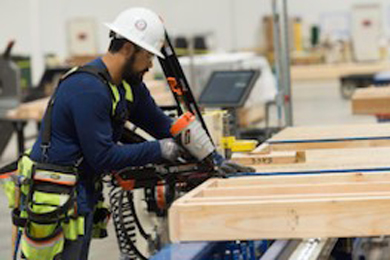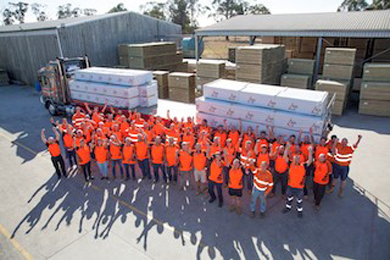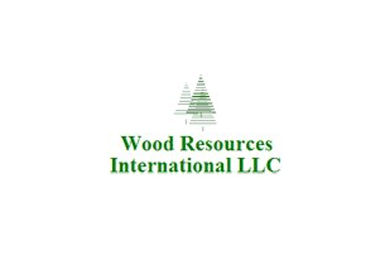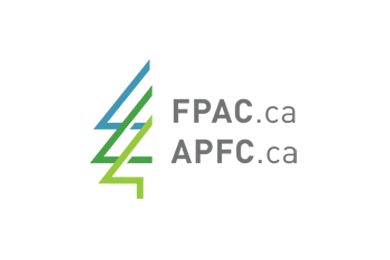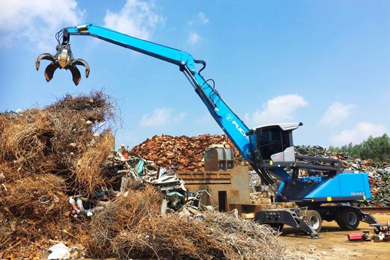INTERFORST 2018 is backed, at least indirectly, by an industry with considerable economic strength. In nearly 128,000 companies of the forestry and wood cluster, more than 1.1 employees generate annual sales of approximately 180 billion euros. Thus, more people are working in this sector than for example in the mechanical engineering and plant manufacturing sectors or in the automotive industry, as the Federation of German Forest Owners Associations [Arbeitsgemeinschaft Deutscher Waldbesitzer, AGDW 2018] and the German Forestry Council [Deutscher Forstwirtschaftsrat, DFWR 2018] emphasize.
The forestry and wood cluster includes the following economic sectors: the forestry sector, the woodworking industry, the wood processing industry, wood processing in the building industry, the paper industry, the publishing and printing sector as well as the timber business. Even though the forestry sector, with shares of two percent in sales and eight percent in the number of employees, only plays a subordinate role, it forms the basis of the wood processing chain and its economic output due to sustainable forest management.
Great significance for rural areas
“Particularly in rural areas, many workplaces depend directly or indirectly on the forest sector and the forest-based industries. They have a great economic importance here. Thus, this economic sector provides an income to approximately two million forest owners. Many companies from the forest-based industries have their location entirely or partially in rural areas”, states Georg Schirmbeck, President of the DFWR. Globalization has brought about an enormous boom for the forestry sector and the forest-based industries in the last few years, partly because of the increasing scarcity of fossil resources (cluster analysis, NW-FVA 2007). “In this context, our forest owners, who are cultivating their forests in a sustainable and forward-looking manner, supply wood as a climate-neutral raw material. The used wood removes carbon from the atmosphere and binds it in wood products. In addition, it replaces energy-intensive substances, such as concrete, steel or oil”, Georg Schirmbeck goes on to say.
48 percent of the forest is privately owned
One third of Germany, namely 11.4 million hectares in total, is covered by forests. The basis for the high benefit of the forestry and wood cluster are sustainably cultivated forests. According to information provided by the Federal Statistical Office, there were 29,408 forestry operations in total in 2016. They cultivated a forest area (including short rotational plantations) covering 7,155,201 ha. A large part of the forest belongs to private forest owners (48 percent). Fifty percent of the private forest account for what is referred to as private micro forests, i.e. forests smaller than 20 hectares in size. To be able to ensure sustainable forest management in spite of this unfavorable ownership structure, approximately 430,000 forest owners have organized themselves in some 3,600 forestry cooperatives.
Sustainable exploitation—timber reserves are steadily increasing
Another 19 percent of the German forest area are part of the municipal and corporate forests. The rest of the forest area is broken down into the state-forest of the federal states (29 percent) and the federal government (4 percent). German forestry is considered as the cradle of sustainability, and the present generations profit from the fact that felling does not outpace growth in Germany’s forests. Approximately 122 million cubic meters of wood is growing in the forests annually; 7.0 cubic meter per hectare and year, or 76 million cubic meter of raw wood (cubic meters of harvested wood), are harvested annually throughout Germany, sometimes slightly more, sometimes less, but always below the forest growth rate. As a result, the timber reserves are steadily increasing.
Wood as an energy carrier
Increasing energy consumption with simultaneous shortages of fossil resources and anthropogenic climate change are the great challenges of today. In this connection, wood as a renewable resource is of particular importance. By reducing the energy consumption for the fabrication of timber construction products alone, almost twice as many emissions than by the substitution of fossil fuels by wood as an energy carrier could be saved in Germany in the last few years. In addition, there is the immense effect of the domestic forestry and wood sector as a huge carbon pool. (RÜTER, Thünen-Institut 2016)
More timber reserves than Sweden and Finland
Thanks to the foresighted work of several generations of forest owners and foresters, timber reserves in Germany are high and even continue to increase (Forest Report of the Federal Government Federal Ministry of Food and Agricultures (BMEL) 2017). By means of a comparison, the high level of the reserves becomes particularly clear: actually, Germany has larger timber reserves than, for example, Sweden and Finland with their seemingly endless forests (AGDW 2018). Therefore, most of the German need for wood can be covered from its own forestry sector; however, Germany has been a net importer of (coniferous) raw wood since 2009. At the same time, Germany remains the largest exporter (predominantly to other EU countries) of timber and timber-based products, preceded by China and the USA. (Forest Report of the Federal Government Federal Ministry of Food and Agriculture (BMEL) 2017).
Revenues from the sale of wood
The main product for the revenues of German forest operations still is raw wood. Its share in the value of the products originating from forestry accounts for more than 90 percent. In 2016, for example, 52 million cubic meters were logged (calculated without bark). Of this amount, 9.4 million cubic meters were used for energetic purposes, slightly above one million more than ten years ago (Federal Ministry of Food and Agriculture BMEL 2018). Even if the focus is meanwhile shifting for several forest owners, especially for those from urban areas, who consider nature conservation as a primary objective rather than the generation of revenues from the forest, the revenues generated from the sale of timber remain decisive.
Services for society
Secondary forest products, ancillary uses and services, such as hunting and fishing, Christmas trees and ornamental wreath or revenues from the leasing of real estate merely contribute a small share to value creation (approximately 70 million euros annually, according to the 2017 Forest Report of the Federal Government). Protective and social services are largely not or only to a very small extent remunerated. In addition, there is a range other services rendered to society, the positive effects of which are often—sometimes out of ignorance—taken for granted, such as for example the construction, maintenance and safeguarding of the forest road network, local recreation facilities or measures for the conservation of water protection functions. (Increasing) revenues from woodland burial grounds and wind energy plants are still relatively new in the portfolio, just like compensation measures, e.g. for building or traffic surfaces.
The forest as a workplace
Due to their forestry activities, private forest businesses as well as municipal and state-owned state forestry enterprises are employers for many other specialists and suppliers. There are more than 3000 forestry enterprises in Germany; their employees plant trees for the forest owners, care for their forest resources and finally harvest the wood, move it out of the forest and ensure its transportation. Despite all mechanization and digitization, forestry work still is one of the most dangerous and accident-prone activities of all. Safety at work and occupation-specific health risks will play an important role at Interforst 2018, too. Likewise, high-quality equipment and advanced procedures will be on display at the show. In addition, leading organizations and associations of the forestry and wood cluster will present the latest figures and topical research results, and will discuss the most important topics from the spheres of politics and business. The complete range of the German and the international forest sectors and forest-based industries will present itself at Interforst.




